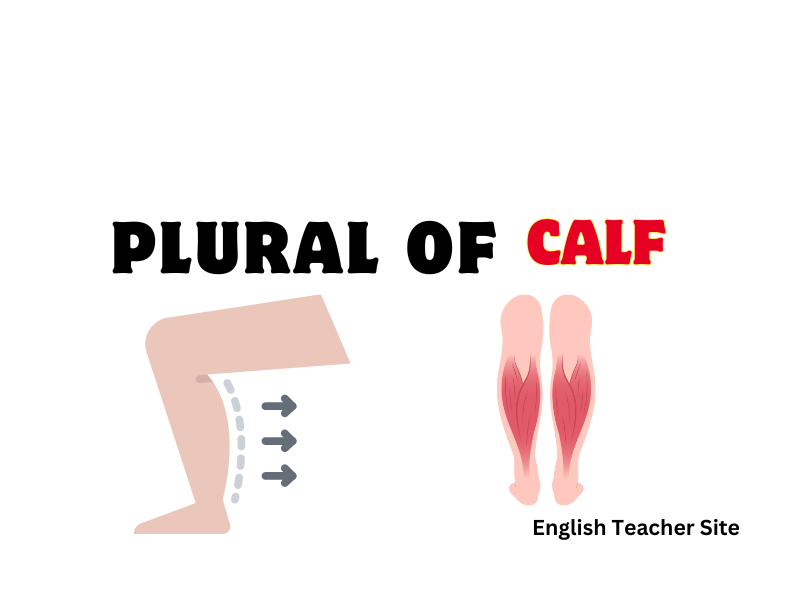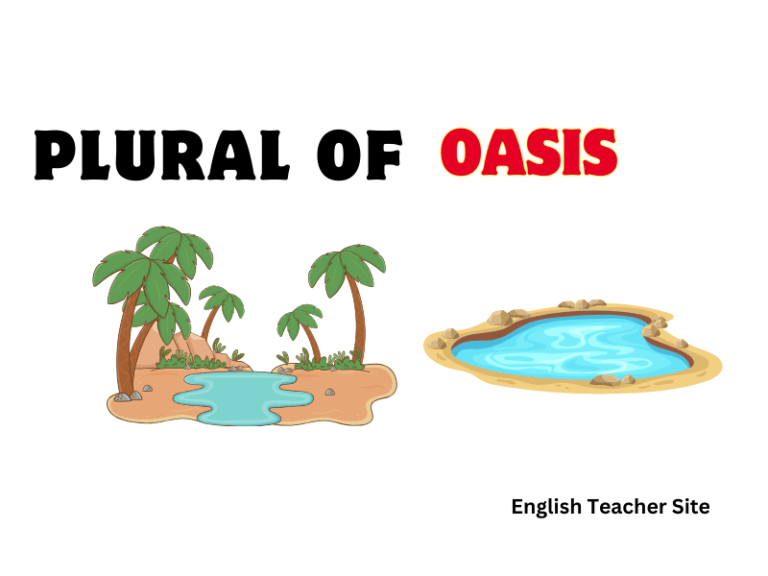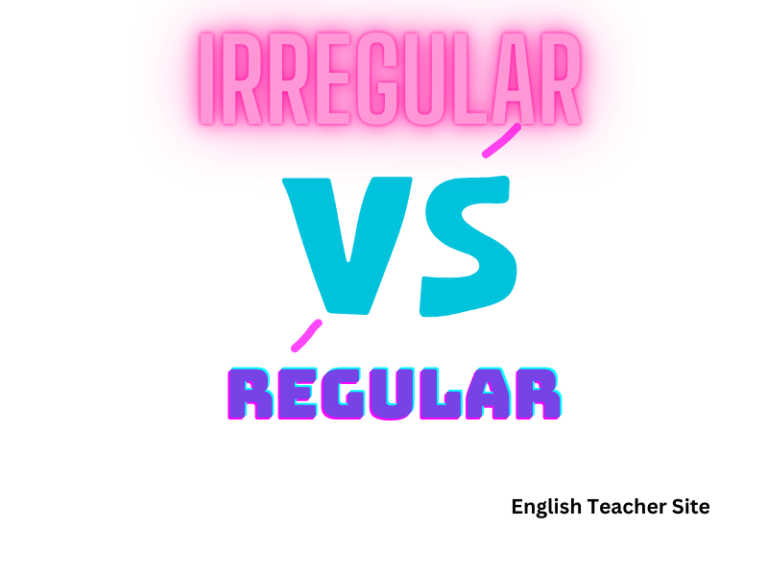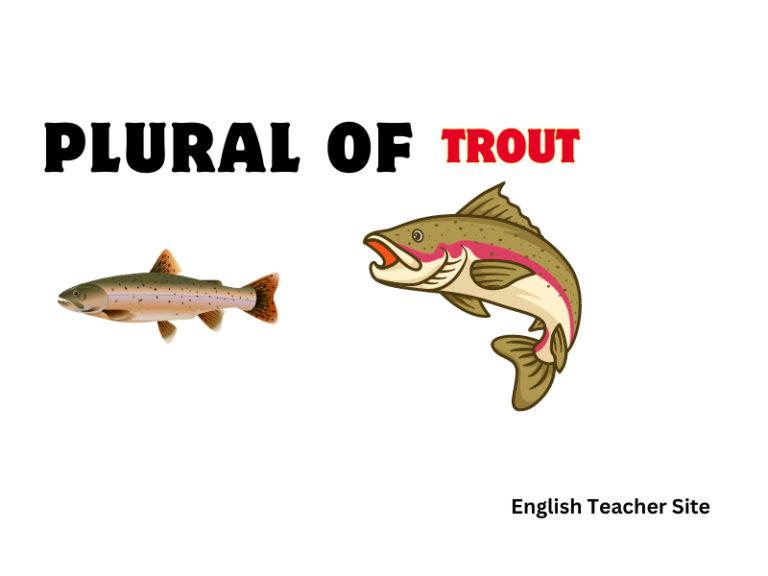The Plural of Calf Explained You Need to Know

Understanding the Plural of Calf
The plural of “calf” often perplexes many speakers of English, both native and non-native. Unlike many other words in the language, which simply take an “-s” to form their plural (like “cat” to “cats”), “calf” follows a more complex rule. This irregular plural form can lead to confusion, especially since people might assume the plural is “calfs,” following the same pattern as many regular nouns.
The Correct Plural Form of Calf: Calves
What Does Calves Mean?
“Calves” is the plural form of “calf,” referring to the young of various mammals, particularly cows. In anatomy, “calves” also refers to the back portion of the lower legs, specifically the muscles. The term itself is used to describe multiple entities—whether those are young animals or parts of the human body.
The key here is recognizing that “calves” isn’t just a random form; it is the correct way to refer to more than one calf, whether you’re talking about animals or anatomy. So, when you’re talking about multiple baby cows, or referring to both of a person’s lower leg muscles, you’d say “calves.”
The Role of Irregular Pluralization in the English Language
Irregular plural forms, like “calves,” are a hallmark of English’s diverse linguistic roots. These forms are typically retained for historical reasons, and they often don’t follow simple patterns. Other examples of irregular plurals include “mouse” to “mice,” “tooth” to “teeth,” and “child” to “children.” Understanding and mastering these irregular forms is essential to grasping the nuances of the language and achieving fluency.

Why the Plural of Calf is Irregular
Understanding Why Calf Doesn’t Follow the Usual “-s” Rule
English is a language that thrives on exceptions to its rules. “Calf” is one such example of an irregular noun, meaning it doesn’t follow the typical “-s” pluralization rule. Irregular verbs and nouns often evolve in ways that don’t follow predictable patterns, making them more challenging to learn. This irregularity is part of what gives English its unique character but also contributes to its complexity.
The reason “calf” doesn’t take an “s” at the end is rooted in historical grammar rules that trace back to Old English. Like many other words, it underwent shifts in its pluralization over time, leading to “calves.” Understanding the evolution of language helps demystify why these exceptions exist.
A Look at Similar Irregular Plural Forms in English
To make sense of “calves,” it’s helpful to look at other irregular plurals in English. For instance, “leaf” becomes “leaves,” “life” becomes “lives,” and “knife” becomes “knives.” These words all share a similar vowel change in their plural forms, and “calf” follows a similar pattern with “calves.”
Recognizing this pattern helps learners understand that English has its set of rules but also incorporates many exceptions, some of which stem from the language’s historical development.
Examples of Calf in the Past Tense
Everyday Examples Using Calves in Different Contexts
The plural of calf is used frequently in everyday speech and writing, particularly in contexts involving animals. For instance, “The farmer had two calves in the barn.” In anatomical contexts, “calves” refers to the muscles in the lower legs, as in, “I’ve been working out my calves all week.”
How to Use Calves in Both Singular and Plural Forms in Sentences
In sentences, the singular “calf” refers to one young animal or one muscle, while the plural “calves” refers to more than one. For example, “She saw the calf running around” versus “She saw the calves running around.” Similarly, in anatomy, “calf” refers to one leg muscle, while “calves” refers to both.
How to Avoid Confusion When Using Calves in Different Tenses
Since “calves” can be used in a variety of contexts, it’s essential to be mindful of the tenses in which they appear. When talking about something that occurred in the past, ensure that the verb matches the tense of the subject. For example, “I have seen the calves grow” uses the present perfect, while “I saw the calves grow” uses the simple past.
Common Mistakes with the Plural of Calf
Misusing Calfs Instead of Calves
One of the most common errors is mistakenly using “calfs” as the plural form of “calf.” This is a regular mistake because many people assume that pluralization should follow the simple “-s” rule. However, as discussed, the correct form is “calves.”
Confusing the Singular and Plural Forms in Compound Nouns
Another common mistake is confusing the singular and plural forms in compound nouns. For example, “calf muscles” refers to both muscles in one person’s lower legs, while “calf’s muscles” could refer to one muscle belonging to a specific calf. The apostrophe adds a possessive element that isn’t needed in the plural form.
When to Use Calf vs. Calves in Different Contexts
Distinguishing Between Singular and Plural When Referring to Animals
When talking about young animals, “calf” refers to one, and “calves” refers to more than one. For example, “The mother cow nursed her calf,” versus “The herd of cows had many calves.” This distinction is straightforward but critical when discussing animals.
Using Calves in Anatomical or Physical Contexts
In anatomy, “calf” refers to a single muscle or part of the leg, while “calves” refers to both. For example, “My calf muscles are sore,” versus “Both my calves are sore after the workout.” Understanding the difference ensures that you’re using the right form for the context.
Tips for Remembering the Plural of Calf
Easy Tricks to Remember When to Use Calves
One way to remember the plural of “calf” is by thinking of other similar irregular plurals. For instance, “leaf” becomes “leaves,” and “calf” follows the same pattern with “calves.” Visualizing these changes helps solidify the rule.
Common Patterns with Other Irregular Plural Nouns to Help Reinforce Understanding
Familiarizing yourself with other irregular plural forms, like “life” to “lives” or “knife” to “knives,” can help reinforce the irregular pluralization pattern. Once these exceptions are internalized, using “calves” will feel more natural.
Practice Exercises to Build Confidence in Using Calves Correctly
Practice is essential. Writing simple sentences using “calf” and “calves” in different contexts can help reinforce the rules. For instance, try sentences like “The farmer had two calves” or “My calves are aching after the run.”
Conclusion: Mastering the Plural of Calf
Mastering the plural of “calf” is a simple yet crucial part of learning English. By understanding when to use “calf” versus “calves,” you improve your ability to communicate accurately and confidently in various contexts. Through practice and awareness of the irregularities of English, you can ensure that your use of these terms is always correct. Whether you’re talking about animals or body parts, knowing the right form will elevate your communication skills and show your mastery of English grammar.
Sources
My name is Khamis Maiouf. I am the creator of the English Teacher Site, dedicated to providing valuable resources and insights for students around the world. With a passion for education and a commitment to helping students enhance their skills, I aim to make English teaching more effective and enjoyable for both educators and students.






